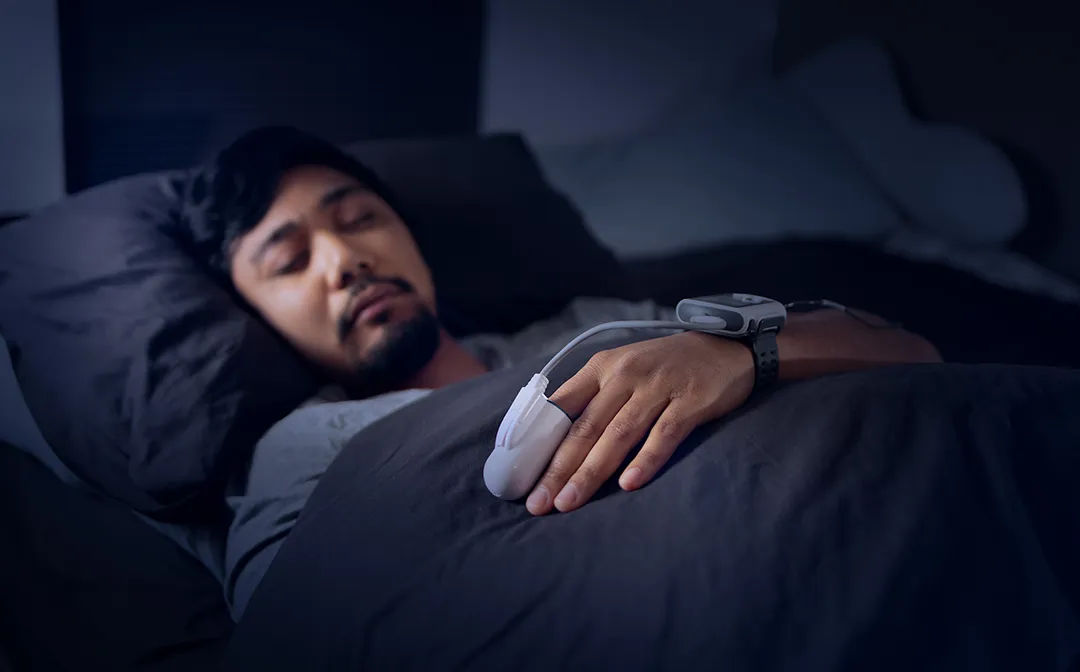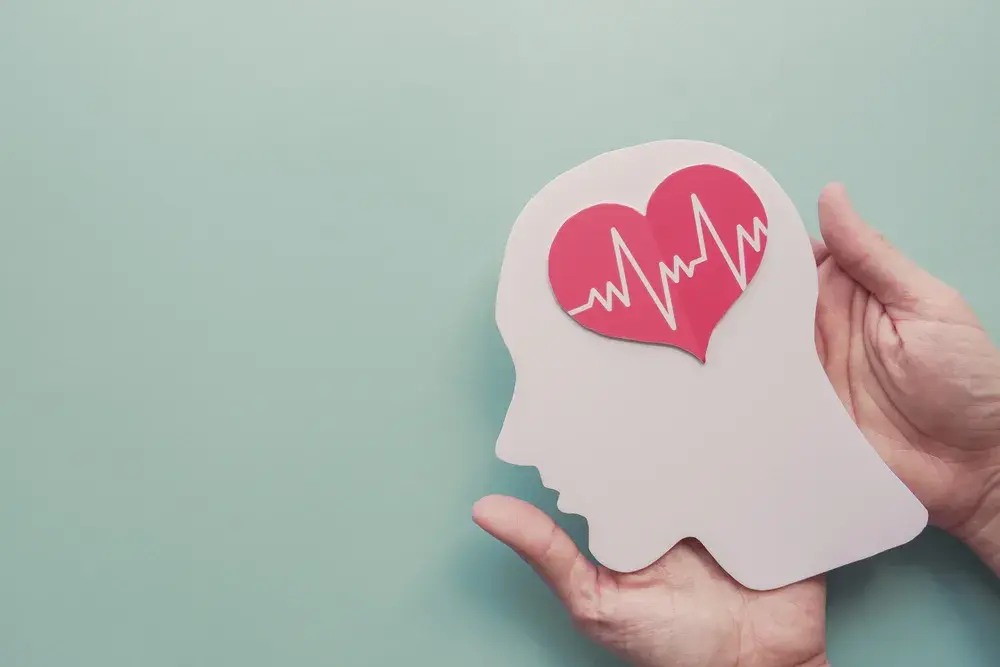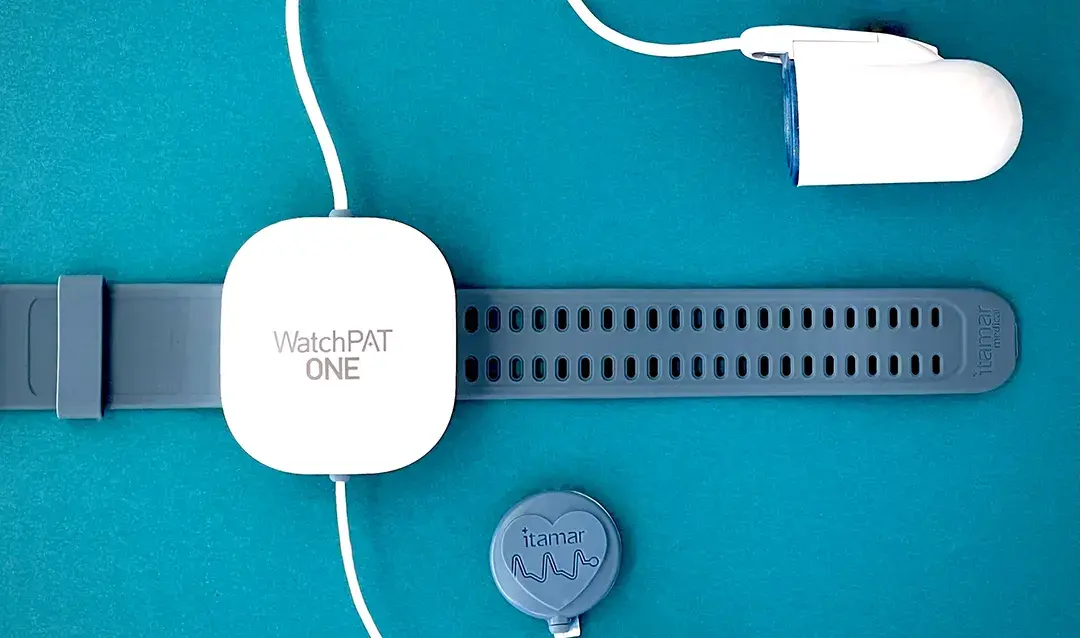Are Home Sleep Apnea Tests As Good As Lab Tests?
In some ways, they might be even better

The first step to resolving your sleep apnea is to take a sleep test. These used to require a night in a dedicated sleep lab, which meant getting hooked up to a variety of machines and monitored by a sleep tech all night long. Many people have a hard time falling asleep in these conditions, however, which lead to the development of home sleep tests. But are these home tests as high-quality as lab tests, and is traveling to a sleep study lab worth the extra hassle? It’s always a good idea to be skeptical of new tech, so we interviewed two sleep medicine specialists, Christopher Lettieri, M.D., and Jagdeep Bijwadia, M.D., to find out more.
The benefits of a home sleep apnea test
1. It’s more comfortable
A lot of people find it hard to sleep in an unfamiliar room. If you’ve ever tossed and turned while staying the night in a new bed, you’ve experienced a phenomenon called “the first night effect.” This can happen anywhere that doesn’t feel like home, whether you’re staying in a pleasant environment like a hotel room or a more sterile-feeling sleep lab.
But the first night effect is far from the only issue that people have when they’re trying to do a sleep study in the lab. “A lot of patients worry that they won’t be able to sleep there,” says Dr. Bijwadia. “To be honest, they’re usually right. It’s not only a new environment, there’s also a technologist watching them, they’re wired head to toe, their nightly routine is completely disrupted — the lab isn’t a recipe for sleeping well.”
If you take a home sleep apnea test, on the other hand, your evening stays pretty much the same as it usually does. You get to sleep in your own bed, there (hopefully) aren’t any strangers watching you sleep; and instead of being connected to a bunch of wires, you just have to place a small sensor on one finger.
2. It’s convenient
Logistically, finding a night you can spare at a sleep center can be a real pain. For a lot of people, this means finding childcare or a pet sitter and scheduling around school and work. Many people don’t live near a sleep lab, so the distance can be a problem, too. Taking a home sleep apnea test doesn’t involve scheduling anything — you just go about your regular routine and put the device on right before bed.
3. It provides the doctor with more (and in some ways, better) information
Because the home sleep test is so much more convenient than the lab test, you can easily test for two nights instead of just one — for the same price. This means your doctor receives twice the data, which can be beneficial.
“Lab tests are only done for one night because of the cost,” says Dr. Bijwadia. “Often, even at home, you might not sleep as well the first night because you’re nervous about getting tested. But by the second night, you’re much more comfortable. So having that second night of testing adds a layer of comfort and accuracy that in-lab tests just don’t have. Because of the data received on the second night, doctors are much less likely to miss a diagnosis.”
Additionally, you get to follow your normal evening routine, which is an important part of testing well. “At home, you can have a glass of wine before you go to bed,” says Dr. Bijwadia. “I’m not suggesting you do that if it’s not your habit; I’m saying that the tests are used to get a sense of how you really sleep, so it’s important to do whatever you normally do before bed.”
There are upsides of lab tests, too
Going in for a lab study (aka “polysomnography”) has its own benefits and drawbacks. “The good thing about the sleep lab is that it measures many different aspects of sleep physiology,” says Dr. Lettieri. “This means it can suggest a lot of different sleep disorders.” Do if you suspect you might have a condition that isn’t sleep apnea, like restless leg syndrome, a lab test can be better, but if you’re trying to diagnose sleep apnea, the home test works great.
Lab tests also use more complex equipment than home tests, which is a double-edged sword. “A lab sleep study is attended by a technologist, so they can make adjustments and fix things if there’s something malfunctioning. Basically, there’s someone watching you who can troubleshoot the test,” says Dr. Lettieri. “In the lab, batteries can die, leads come off, there are a bunch of different cords. Of course, with a home sleep apnea test, there are fewer things that can go wrong because the device is really simple, so you’re much less likely to run into a problem.”
The verdict
Ultimately, the home sleep apnea test is easier, more convenient, and can provide your Sleep Team with better data for diagnosing sleep apnea. If you think you might have a different sleep disorder, you should probably schedule a lab test, but if you are concerned about sleep apnea, the home test is usually a better bet.
“Home sleep apnea testing is the right way to go for most people,” says Dr. Lettieri. “These tests have evolved in recent years. The new devices are sophisticated and able to accurately diagnose sleep apnea well, so the default should really be home sleep apnea testing. Besides, if you have trouble sleeping in the lab, we don’t get the data we need — if you don't sleep, it’s not a sleep study, after all.”
Tamaki M, Bang JW, Watanabe T, Sasaki Y. Night Watch in One Brain Hemisphere during Sleep Associated with the First-Night Effect in Humans. Curr Biol. 2016;26(9):1190-1194. doi:10.1016/j.cub.2016.02.063
Hung CJ, Kang BH, Lin YS, Su HH. Comparison of a home sleep test with in-laboratory polysomnography in the diagnosis of obstructive sleep apnea syndrome. J Chin Med Assoc. 2022;85(7):788-792. doi:10.1097/JCMA.0000000000000741




